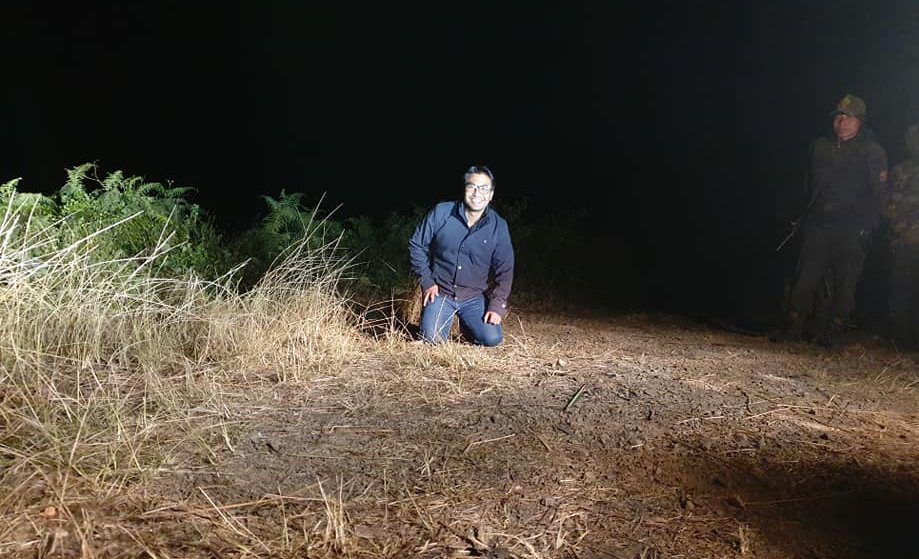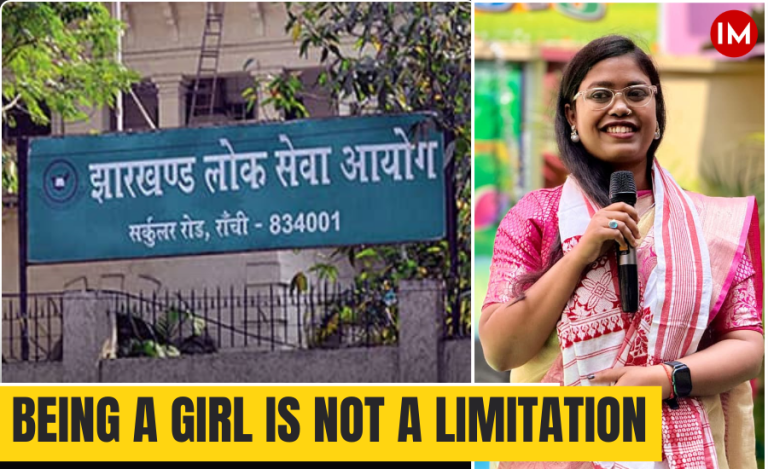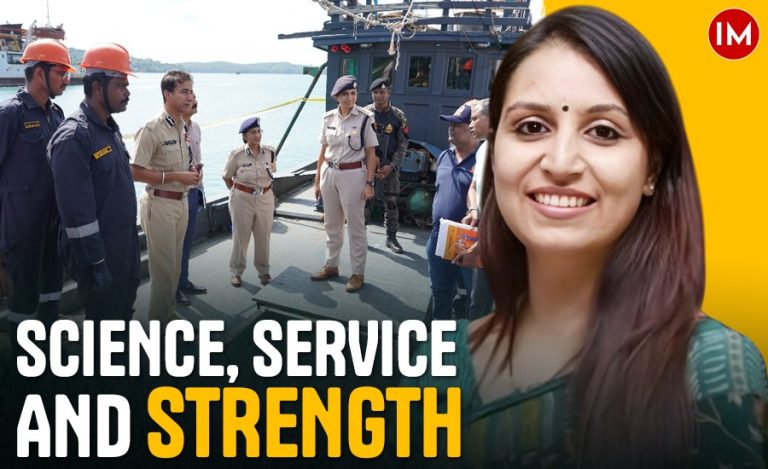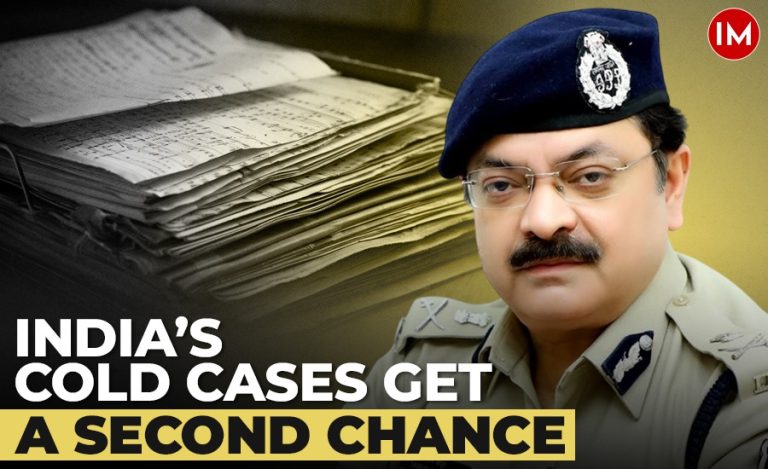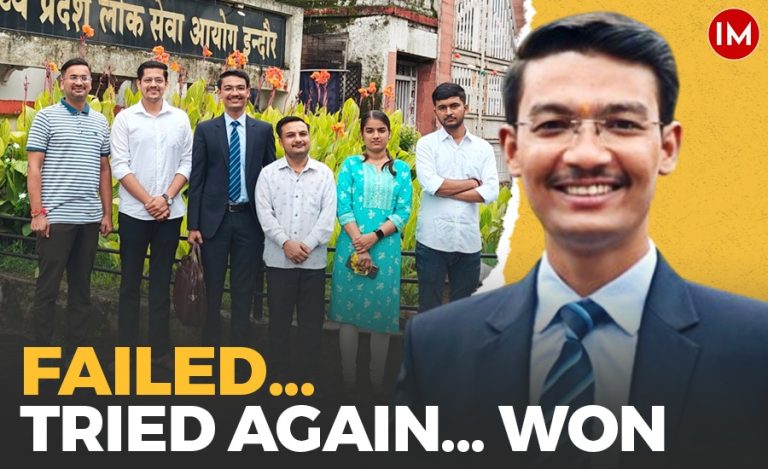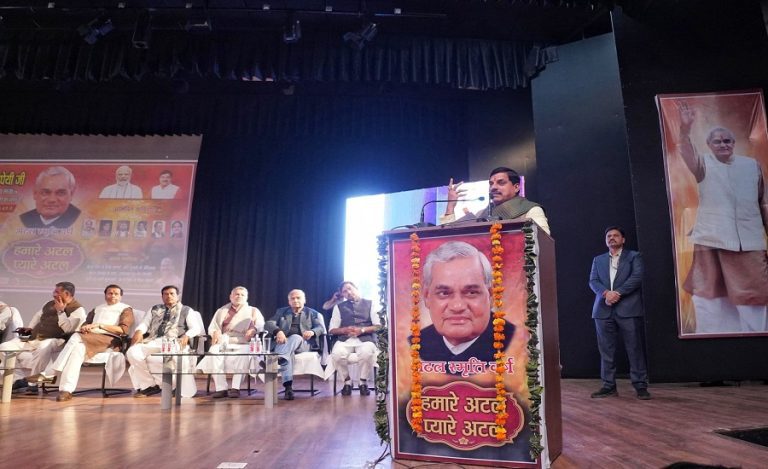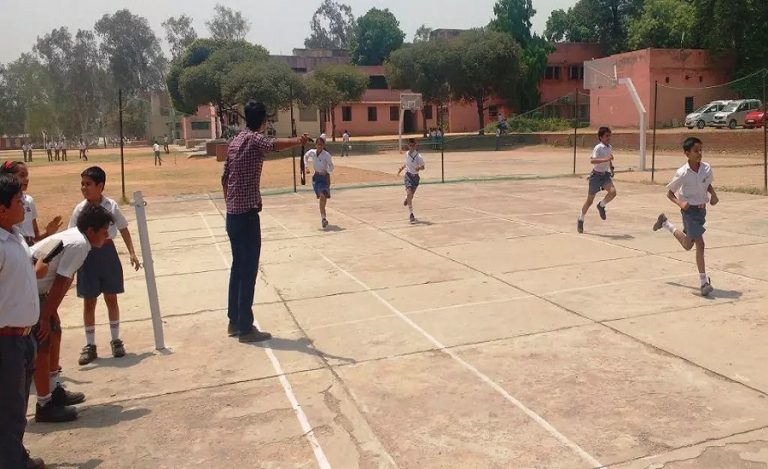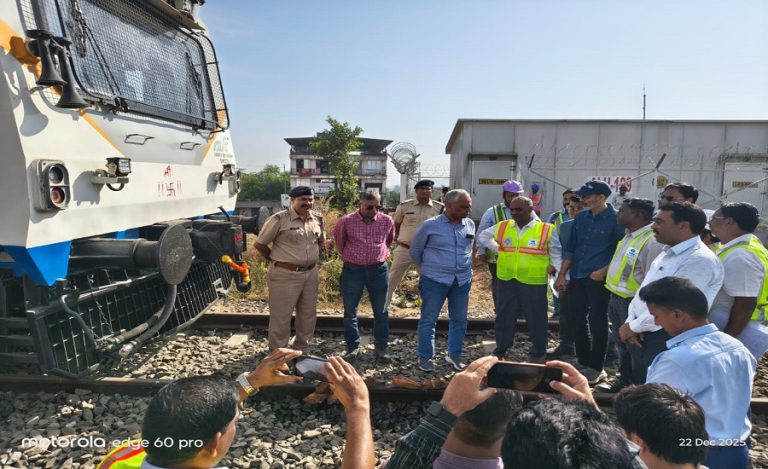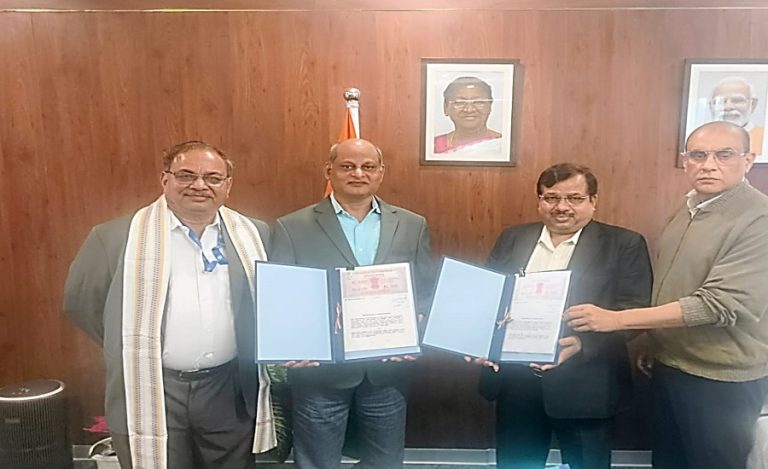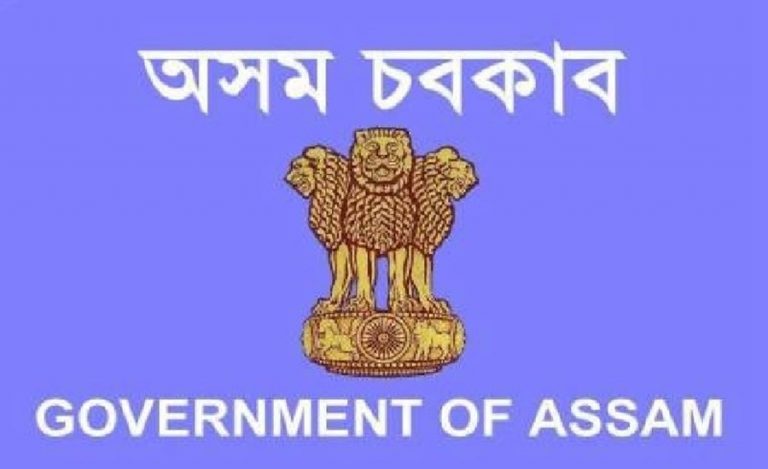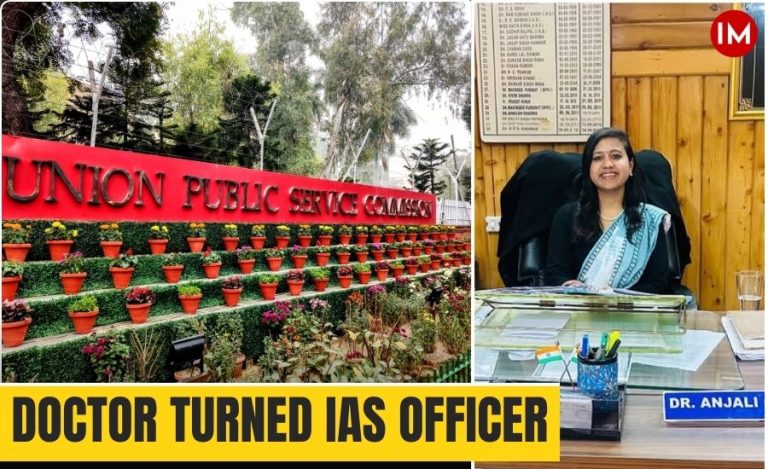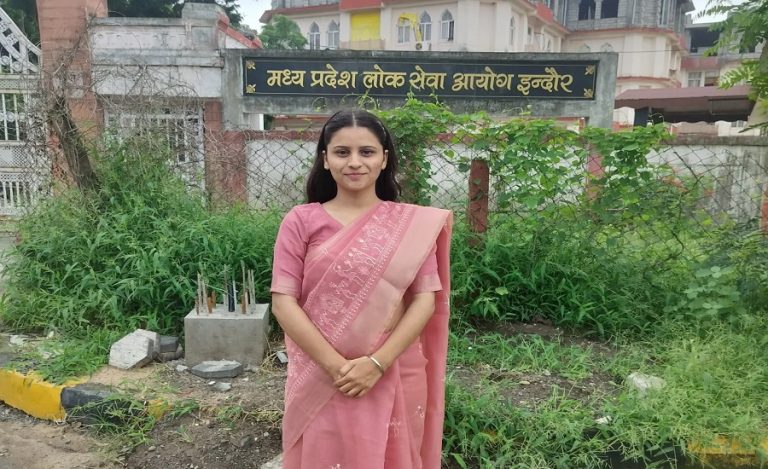IAS officer Armstrong Pame is India’s own Miracle Man, for he got a 100-kilometre long road constructed in a far-flung Manipur region, entirely out of public donation and with support of enthusiastic volunteers. One doesn’t come across such true stories every day. And therefore, no less than Facebook took note of this stupendous achievement. In 2015, the social media giant invited Mr Pame to its office in California, United States.
The rest, like they say, is history. Among others, Mr Pame has been courted by the legendary Amitabh Bachchan (in his television show `Aaj Ki Raat Hai Zindagi’) and by the media giant CNN-IBN (which nominated him for its Indian of the Year Award, in public service category).

The Road
Before embarking upon Armstrong’s amazing story, let’s start with the road which he got constructed. For decades, the people of Tousem village in Manipur might well have been living under a rock. They did not have much real contact with the outside world, simply because they did not have a road to travel anywhere outside their village!
Mr Pame’s initial efforts to secure funds for the road from the state Government hit the wall. Wasting no time, he switched to plan B, creating a Facebook page and raising Rs 40 lakhs through it. As news of his initiative started spreading across Manipr, a large number of people joined him as volunteers for the road construction work.
And lo and behold, in perhaps the first instance of its kind, a young civil servant brimming with ideas and determination got a 100 kilometre road build, so that people of a deprived, back-of-the-beyond village could connect with the outside world!
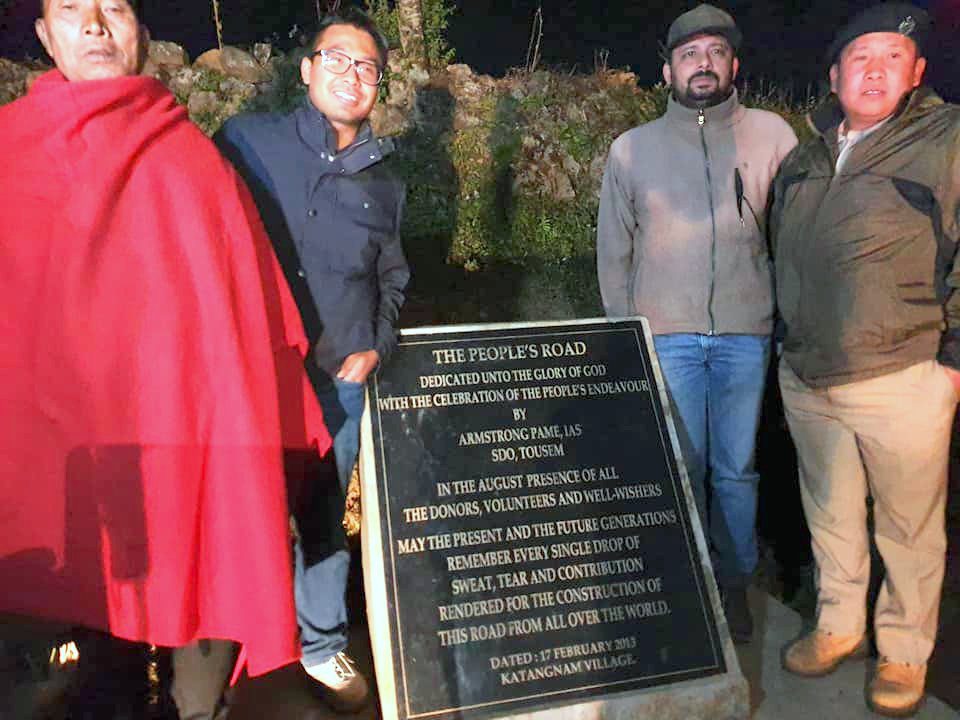
Speaking with Indian Masterminds, Mr Pame said he considered himself lucky on several counts: “I am blessed and privileged to be posted here. The higher authorities fully back me. And I also get unstinted support from the people.’’
As for the unique road for which he’s credited with, Mr Pame brushes aside the suggestion that it was a one man job. “I only initiated the project. It was the people who led it,’’ he said.

Manjhi- The Mountain Man
Here, one would be tempted to compare Mr Pame’s amazing feat with that of Dashrath Manjhi, the resourceful `mountain man’ from Bihar. Hailing from the state’s Gaya district, Manjhi used only a hammer and a chisel to carve out a 110 meter long and 30 feet wide path right through an imposing hill. In 2016, Indian Government issued a postage stamp honouring Manjhi’s achievement. Bollywood was quick to follow. In the Hindi film with the same name, popular Hindi actor Nawazuddin Siddique portayed the role of Manjhi.
Manjhi was a laborer from Gehlaur village. And it took him 22 years to build the road. Armstraong Pame too came from a rural area (of Manipur), but the similarity between the two ends here. In 2005, Armstrong completed his graduation from the prestigious St.Stephens College of Delhi.
In 2007, Mr Pame cleared Indian Revenue Service (IRS). The following year, he was selected for the IAS.
The 100-km motorable road which got build connects Tousem village with Nagaland and Assam. Today, it is popularly known in the region as the `People’s Road’. And rightly so.

The Compassionate Heart
There is a human side to Mr Armstrong Pame’s humungous road effort. To attribute the success and the motive only to an energetic IAS officer’s zeal would be a mistake. His eyes, moved with compassion, must have seen the inordinate hardships faced by the residents of Tousem village. To give some idea of how cut off it was from the civilization, there was one particular year in which a slew of tropical diseases struck the village. A large number of people fell sick.
There was no motorable road near the village. To reach the nearest hospital required a journey of two days on foot. Hundreds of people fell sick in the village. They were taken to the hospital on make-shift wooden stretches. Many of them did not make it and died en route.
So one can understand how vital the road would be. Incidentally, in 1981 the Central Government had allotted Rs 101 crore for the road, but it never reached this year. For 30 years the road remained a pipe dream, until a young Mr Pame, the first IAS officer from his tribe, arrived on the scene and decided to take the bull by the horn.
Even in these trying times dominated by Coronavirus, Mr Pame is conscious of his many duties. One of these being supplying ration to far-flung villages under Pradhan Mantri Garib Kalyan Ann Yojna (PMGKAY). The picture below, posted by him in his Facebook page, says it all:

According to Mr Pame- and this here could be a message for the aspiring civil servants- one has to ask himself why he or she wants to be an IAS officer. He told Indian Masterminds, “I think the most important reason for anyone to join civil services is that they want to live a life for others, to create an impact on the lives of others.’’ Well, that sums up Mr Pame’s philosophy quietly nicely. In fact, this is the approach which one comes across all those civil servants- whether IAS, IPS, IRS or others- who create meaningful changes in the society.
The Brother Speaks
In 2015, All India Council of Human Rights, Liberties and Social Justice honoured Mr Armstrong Pame as India’s Most Eminent IAS Officer. Later recalling the moment, his elder brother Mr Jeremiah Pame, professor of English in the Delhi University, wrote on his Facebook wall:
“So Armstrong, why do you want to be an IAS officer?” the chairman of the interview board asked
Armstrong Pame replied with conviction and complete honesty,
“Sir, my people still need IAS officer. Right now my people in Assam, Manipur and Nagaland know that I’m facing the final interview. They are praying and fasting for me. I have lots to do and uplift my people first, and my nation India as a whole”
Then the Chairman stood up from his chair and shook hand with him and said, “this is what we need”
Then the rest is a history………………………..
THIS BELONGS TO EVERYONE
Today, as we look back, we take this opportunity to thank everyone who has been a part of our journey.
For others, becoming an IAS officer might be just another thing to achieve in life.
But for us, becoming an IAS officer was a dream and a commitment.
This is possible only because of prayers and support of so many people.
This Award is dedicated to all those who helped us and supported us in so many ways.
This is in recognition of what we have done together….especially The People’s Road.
All our sacrifices, contributions and prayers have been recognized
This Award does not go to Armstrong alone.
It belongs to everyone.
Let us rejoice together.
May God continue to bless all of us.

